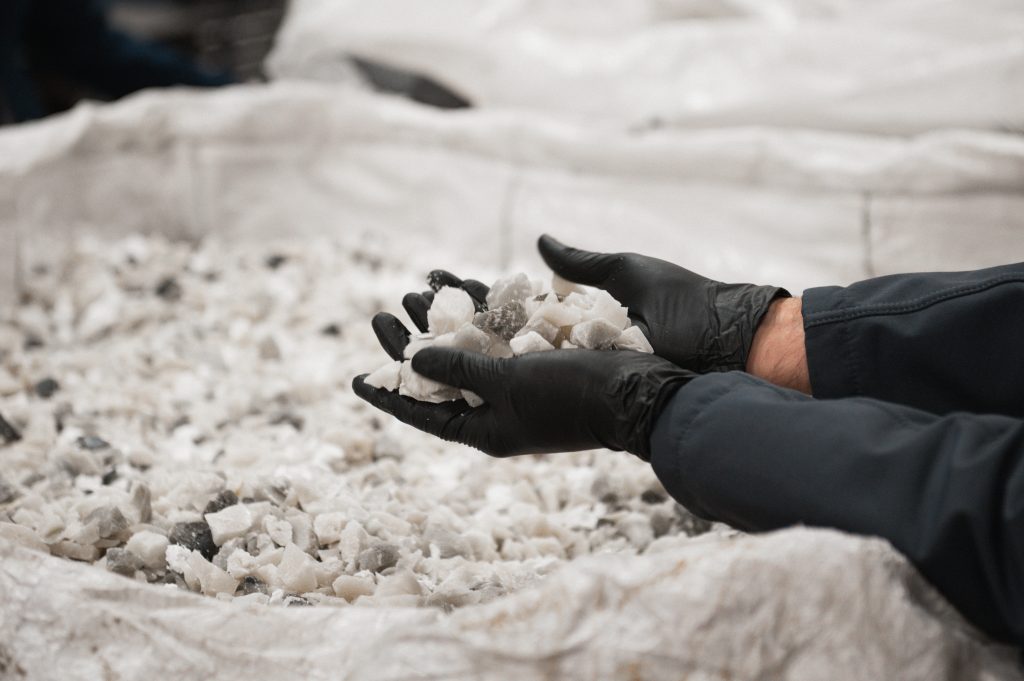Circular materials are the talk of the town, and with good reason. The extraction of virgin materials currently causes roughly half of greenhouse gas emissions globally. Annual waste generation is projected to increase 70% by 2050. Slowing the extraction of virgin materials and building sustainable, long-lasting products is therefore vital to relieve pressure on our planet.
As we know, the decoupling of economic growth from virgin-material resource use will require mainstream economic players to make a decisive contribution to the circular economy. This is a shift we are starting to see, as both businesses and governments begin to create the right conditions for scale.
Europe’s recent proposal for its revised Waste Shipment Regulation, which would see significant restrictions on non-hazardous waste exports, is an encouraging move to help all of us consider waste differently. The molecules within waste – specifically plastic waste – are a precious above ground resource which should be stewards of.
The other part of this puzzle is of course our ability to treat, manage and recycle this waste. And the question top of mind here is, are we making full use of our recycling capabilities to keep valuable materials in a closed-loop economy?
With about 90% of plastic unrecycled globally, current data on our recycling levels would suggest there is some way to go to reduce that number to just 10%. The good news is that the scalable technology is out there to address this.
We need to talk about plastic waste as a valuable above ground resource
To dig a little deeper into the issues around recycling our waste, we first need to complete the shift in the way we view it. Moving away from the general practice of dismissing plastic as the original sin for environmental pollution, let’s look at how we manage the existing waste on our planet to maintain its original use and value.
It is by creating a more efficient and effective waste management system that we can extract waste’s value and shift the popular perception that plastic waste is not just what we discard, it is an unexploited above ground resource.
Today’s waste management system is highly fragmented across Europe. As national rules developed in silos, conflicting interpretations and applications of waste classification have evolved, often resulting in poor separate collection.
A harmonized process for waste classification, such as the EU’s Waste Shipment Regulation proposal on contamination thresholds, and effective separate collection can ultimately help us increase the quality and quantity of recycled plastics. It is a matter of collective will.
Addressing the plastics problem will require the support and participation of the entire value chain, with the ultimate goal of creating a new stream of virgin-equivalent materials for new products.
Agilyx has been at the core of the creation of a new consortium, Cyclyx, which is one example of how we can build the infrastructure to create this circular industry to recapture post-use plastics that would otherwise be lost to landfill or incineration. Through a network of partners, Cyclyx provides the missing link to bridge the gap between waste collector and recycler.
Our technology characterizes and qualifies plastic waste using proprietary algorithms and an extensive database of chemical compounds built over 17 years to aggregate and pre-process large volumes of post-use plastic, preparing it for recycling pathways.

We need incentives for front-runners developing state-of-the-art recycling technologies
Whilst still a nascent industry, advanced recycling technologies needed to convert post-use plastic back into its original form are out there. We’re starting to see major European markets make commitments to continue investing in these solutions.
France has recently pledged to invest in new recycling infrastructure and plastic-to-plastic recycling solutions and the newly formed German government has signaled it also intends to make new recycling technologies a key priority as part of their packaging law.
Whilst encouraging to see the issue of waste start to move up the political agenda, these commitments are just the tip of the iceberg in terms of the funding needed to tackle the way in which waste is managed and treated.
We need the full spectrum of technological solutions to get our plastic recycling rates up to 90%. Existing recycling technologies such as chemical and mechanical recycling need to go hand in hand, there is no one size fits all solution. Each plastic has its own composition and code with different solutions that fit each type.
Agilyx has developed chemical recycling technologies in order to transform plastics previously thought to be non-recyclable into a range of new circular products. Our technology is uniquely positioned as a viable and more sustainable alternative to landfilling and incineration of difficult-to-recycle post-use plastic waste.
If we are serious about fulfilling our circular economy ambitions and creating a clear pathway to reducing pollution on the planet, we’ll need all these recycling innovations and more to transform our waste into fully circular materials.

